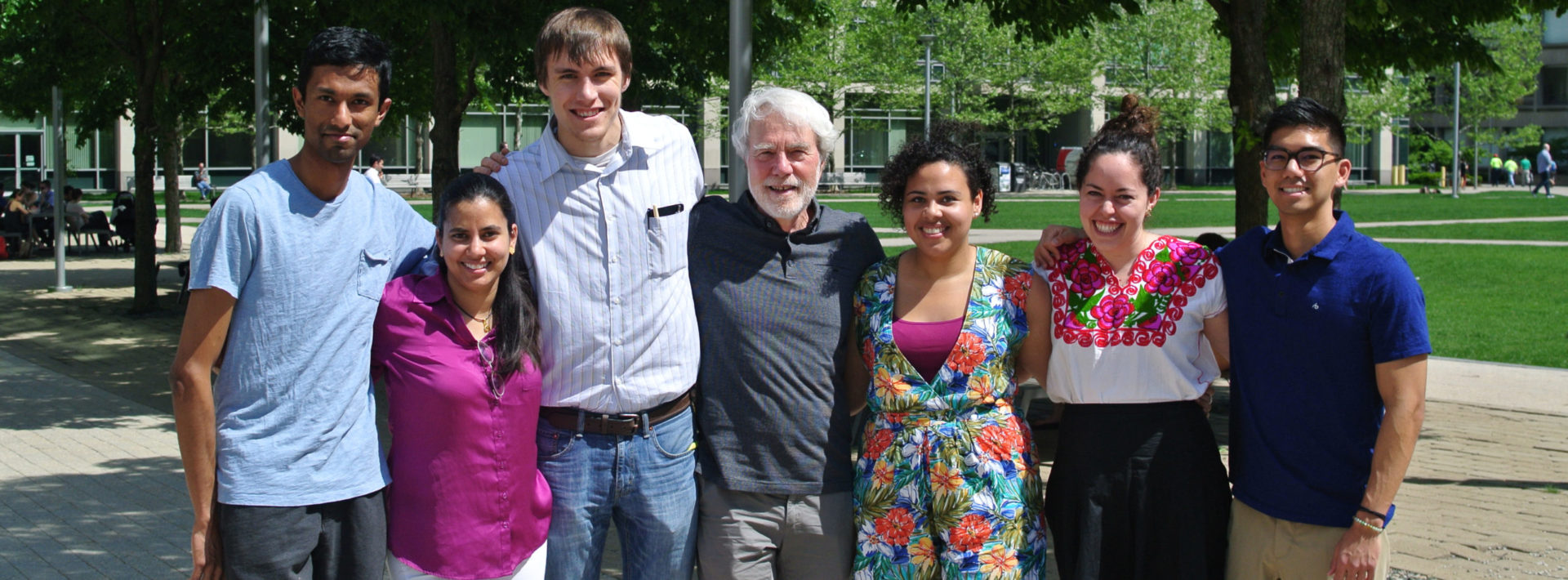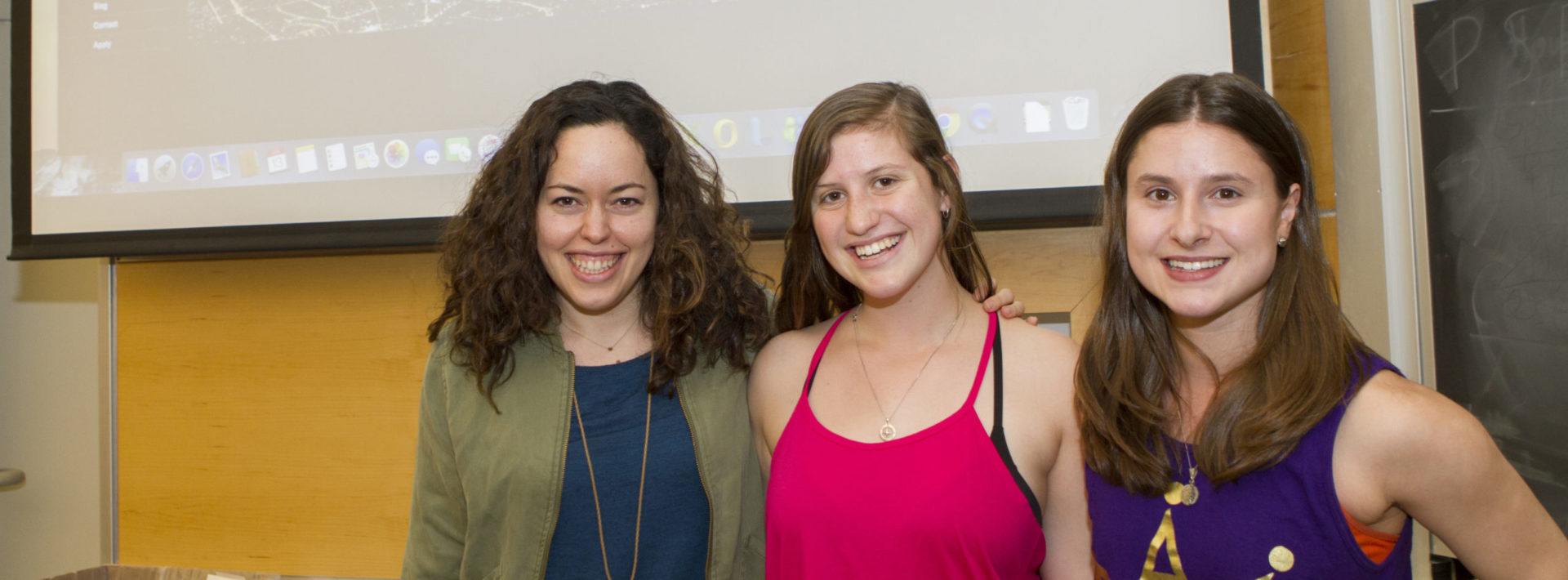The path from MIT undergraduate to MEng

I graduated in June 2017 from the MEng program in Environmental Engineering and Science, immediately after finishing my bachelor’s degree in the same department at MIT. This made my transition easier than most – I knew who to ask when I needed to make the printer work, who I was going to do research with, and all the good restaurants in the area. My professors still expected a lot, my peers were still excited to be working in this field, and the research was still as demanding and challenging as it had been during my undergraduate years.
As a graduate student in CEE, I worked in the Parsons Lab, the home of the Environmental Engineers (Infrastructure and materials engineers are in the Pierce Lab across campus). Here, I found a workplace and a community that felt like a new version of the home I was used to as an undergraduate. I worked on problem sets and take home exams, chatted with friends, discussed research, watched science-y internet videos, and wrote my thesis all from the comfort of the lab. Adventures away from my workspace were always exciting – classes that I truly wanted to take, meetings with my advisor, making chai lattes in the kitchen, or running to Clover for a chickpea pita.
My master’s research was about increasing irrigation efficiency by pairing existing infrastructure for precision irrigation with a different model for applying irrigation. I worked with Dennis McLaughlin, whose research group focuses on the ways that agriculture can be optimized for the coming generations. Every meeting gave me a new challenge to overcome, and every deadline brought a twinge of panic, but I made it through. Now, after a few late nights, I have a thesis that I am proud of and that I hope some future student will be able to use as a building block for their work.
My favorite MEng class was 1.72 (Groundwater Hydrology) with Professor Charley Harvey. He spent many lectures explaining real-world applications of the topics we learned in class. For instance, we discussed how the switch from surface water to groundwater in Bangladesh led to Arsenic contamination of the drinking water, and how small crabs (crabs!) create macropores that can change the conductivity in some aquifers that totally change how the water moves in the system.
I was also able to take classes outside of CEE to broaden my coursework from just engineering into the human aspects of environmental engineering projects. I elected to take a class in the Department of Urban Studies and Planning on Navigating Power and Politics in Water and Sanitation Planning. This class taught me a lot about the inherently political nature of getting safe drinking water to those without access in all parts of the world. It was incredibly valuable for me to get an interdisciplinary academic experience while still working in my area of interest.
The MEng can feel like a short time, but you can make the most out of it with your choice of classes and professors if you know what you want to learn and achieve in those 9 months.
Outside of academics, the CEE community truly wants students to feel welcome and included. The buildings each have TGIF happy hours once a month, graduate students eat lunch together in the Parsons kitchen, and there is also a fall retreat into the New Hampshire Mountains just as the leaves are changing color. It’s a great community to work in.
I know I will use the technical skills and methodology that MIT has taught me, but it also taught me the value of working with smart, capable people and choosing to work on something you care deeply about.
Samantha “Sami” Harper is a recent graduate of the MIT MEng program, where she focused on environmental science and engineering. She also has a Bachelor of Science in Civil and Environmental Engineering at MIT. Questions for Sami, or about the MEng program, can be emailed to cee-admissions@mit.edu.
Share on Bluesky


